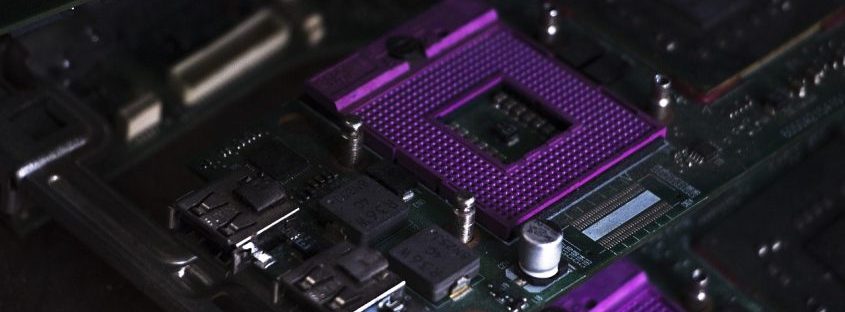ABP
To shamelessly paraphrase the 1992 crime drama Glengarry Glen Ross, “Always be patching.”

Any home computer needs to be updated regularly. Drives and software updates are critical to the smooth running of the average home PC, and can often be overlooked. Business and professional computers are no exception. Software updates apply important updates and squash bugs, which is critical to the safety of our personal information and the smooth running of our computers, tablets, servers, and mobile devices.
Keeping our software and system updated is an important part of our digital housekeeping, and shouldn’t be skipped. Here are four good reasons why we shouldn’t ignore the “remind me later” button when prompted to update our software, and why we should do it right away.
1. Fix security vulnerabilities
Cybercriminals exploit security weaknesses in software programs and operating systems, creating code explicitly to target known vulnerabilities. Bad actors use their malicious code to infect a computer with the likes of malware, with the express purpose of gaining control over your computer and access to your encrypted files. This can be done easily by using social hacking techniques to get users to play infected media, click on an email link to a specific website, open an unsolicited document, or through third-party apps and downloads. Once activated, criminals can exploit security loopholes to disrupt the normal operation of computers, tablets, smartphones, servers, and even connected equipment, to use them for their own gains – like making use of our computer’s processing power, holding data hostage, or gaining access to personal accounts and password information.
If a vulnerability is known, however, it can be patched via regular software updates with up-to-date code that can mitigate the loophole and strengthen security.
2. Streamline performance
Developers are constantly updating software and systems to give users the best experience possible. This includes how a piece of software accesses and processes information, and how it does its job. Having the latest drivers, for example, can seriously impact how well a system operates – especially graphics and video card drivers.
Software updates ensure that devices run at peak efficiency through upgrades to processing speeds, and minimizing problems like lag and crashes. This can actually save money, by increasing hardware longevity and reducing the time required to complete software tasks.
3. Up-to-date features
Updating software can add new features, tidy up and optimize interfaces, remove obsolete features, and apply the latest changes and upgrades based on user feedback. Most updates are free, and usually well worth having. Using older software, just because we know the interface or we’re comfortable with it, can be counterproductive. Ignoring updates could mean we’re missing out on new features, as well as critical elements like security updates and performance improvers.
4. Maximum compatibility
Software updates are also a great way to ensure compatibility with new devices and systems. With the average printer having a lifespan of around three to five years, software updates are critical to the smooth running of our computers and peripherals.
Most computers will require updating immediately, as soon as they are removed from the box. The digital and electronic worlds move pretty fast, and by the time a new machine arrives on your desk, it’s conceivable that several drivers and pieces of the operating system will already benefit from patching to ensure the best possible compatibility with any systems it’ll be plugged into.
Automation and response
So, “Always be patching.” Especially if we’re prompted to do so.
While cybersecurity is a personal protection matter, it’s also worth keeping in mind our friends, family, colleagues, and contacts. No one wants to be “that person” responsible for spreading vulnerabilities amongst their peers.
Often, it’s possible to automate some or all of the patching process by turning on automated patching features in software and operating systems. Windows 10, for example, offers reliability and security updates that can be automatically downloaded and installed on the second Tuesday of every month (known as patch Tuesday). When we get asked to update a piece of software, we should say “Yes,” not wait, making sure we do so the same day. Staying on top of updates like these is a critical part of digital life, to ensure the safe and smooth operation of our computers and systems.
Find out more information about updating software as part of this year’s Cybersecurity Awareness Month.
Try Imperva for Free
Protect your business for 30 days on Imperva.













